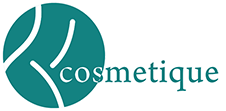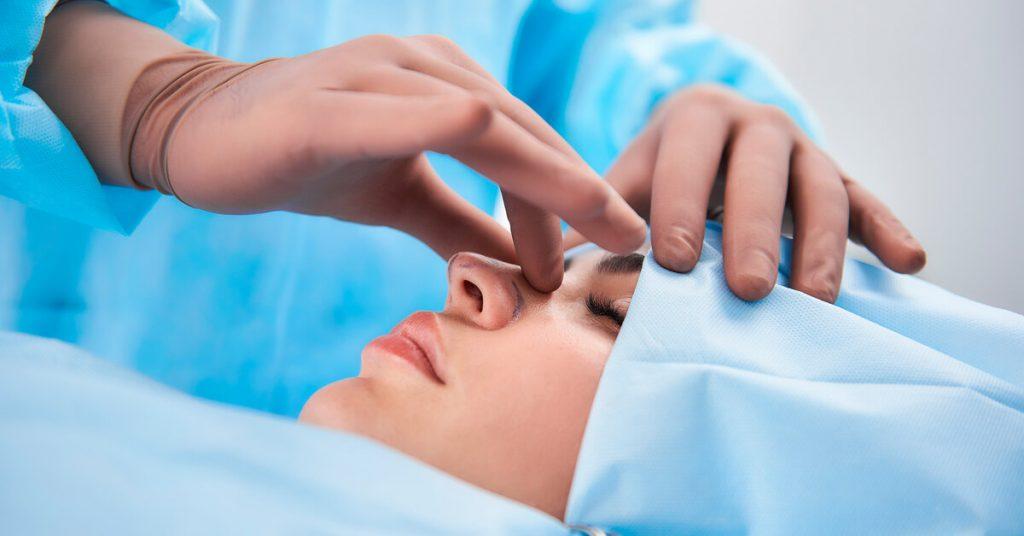Revision Rhinoplasty Treatment in Lahore | Karachi | Islamabad | Pakistan
Revision rhinoplasty treatment is required when a previous procedure has not been successful or when there have been changes over time, which has made the result undesirable. Causes for these changes to occur are usually due to one of the following:
- Trauma to the nose after a rhinoplasty
- Scar tissue causing contraction of skin over nose
- Lack of support for nose causing changes over time
Regardless of the cause, revision rhinoplasty is a very challenging procedure. Scar tissue involved is significant and often there is significant lack of normal structural support to the nose. Healing after a revision rhinoplasty is also usually longer that a primary rhinoplasty unless the problem is very isolated.
The common goals of revision rhinoplasty are:
- Improve breathing
- Improve support of nose
- Increase the height of the nose [Dorsal augmentation]
Dr Azim J Khan has had advanced fellowship training in rhinoplasty including revision rhinoplasty. He understands that revision rhinoplasty requires longer than primary rhinoplasty and he will take the time required to get the job done correctly. He has been known to do a revision rhinoplasty for several hours because that was the amount of time required to do the operation appropriately.
Revision rhinoplasty treatment almost always requires harvesting additional cartilage. If you have previously had a septoplasty then the additional cartilage will need to come from either the ear or rib, both of which leave minimal cosmetic defects.
Improve Breathing
After a previous rhinoplasty treatment it is very common that patients complain of problems breathing. Often this is because a rhinoplasty was performed without taking care to ensure that the structural support of the nose was kept intact or strengthened. This is usually a historical problem and Dr Azim J Khan avoids this problem by ensuring he uses structural grafting to improve the strength of the nose during primary rhinoplasty.
The problems with breathing after a rhinoplasty without structural grafting usually get worse over time. This is because the skin collapses further and further over the nose, which has very little support.
The steps in revision rhinoplasty for a blocked nose differ between patients but the general procedure is as follows:
- Cartilage graft harvest
- Revision septoplasty
- Extended structural grafts to nose
- Revision turbinoplasty [Reduce scrolls of tissue on either side of nose]
- Revise tip if required
- Camouflage grafting to hide contour changes
Refine Nose
After a rhinoplasty you might not be happy with the appearance of your nose. Common complaints include:
- Hump not adequately reduced
- Nose still significantly bent
- Twisted tip
- Droopy tip
- Collapsed nose [Inverted V Deformity]
- Saddle nose deformity
- Parenthesis deformity
After a previous rhinoplasty each of these problems is very specific to the patient. It is important that you discuss all of your concerns when you see Dr Azim J Khan and he will discuss the procedure with you in detail. As with all revision rhinoplasties it is likely that your nose will need more cartilage and this will need to be harvested from either the ear or the rib.
Dorsal Augment
Dorsal Augmentation is a procedure used to build up the nose. The dorsal augmentation is done for patients who have what is called a saddle nose. A saddle nose has 3 main causes:
- Congenital
- Post surgical
- Trauma
Regardless of the cause of a saddle nose the procedure involves building up the nose with graft material. In most cases Dr Azim J Khan uses cartilage for building up the nose. Sometimes Dr Azim J Khan uses synthetic products to build up the nose.
To further discuss these procedures with Dr Azim J Khan make an appointment at his rooms.


